Brugmansia: planting, growing, care and breeding in the open ground. 75 photos of a beautiful flower
Brugmansia is a bush belonging to the nightshade family, with a tree trunk, large lush flowers in the form of gramophone and heady, easily recognizable fragrance. Under natural conditions, the plant is found in tropical and subtropical zones, prefers a hot climate in which a strange flower impresses with its bloom year-round and turns the plot into a picture of fantastic beauty, which confirms the photo of Brugmansia. In a cool environment, it blooms much less frequently.
Almost every sophisticated florist hopes to grow such a bush. In fact, this is not too difficult to do if you know about all the intricacies of caring for him. A thermophilic plant is usually cultivated in a home garden, where it successfully competes with ivy, coleus and geranium.
Common shrubs
The most popular types of brugmansia among gardeners are:
- fragrant, originally from Brazil, blooming all year round with white or greenish gramophone with dimensions up to 30 cm;
- golden, which got its name for bright yellow staining of flowers and impressive leaves half a meter in size;
- snow-white, on the basis of which the mass of hybrids was derived, with bright white flowers 25 cm in size;
- bloody, whose name is justified by the shade of its inflorescences, although sometimes yellow shades are also found; It has an attractive aroma, it belongs to frost-resistant varieties;
- multi-colored, also justifying its name by coloring, the peculiarity of which is that the young plant surprises with white flowers, later acquiring yellowish-red hues.
Brugmansia, planting and caring for which pays off all the worries, will delight the owners with its beauty and aroma.
Brugmansia requirements for conditions
The problem is that the bush does not tolerate cold. The plant is usually bred in open soil or in containers, and in winter it is transferred to home conditions. In the southern latitudes, for example, in the Crimea, this can not be done, the flower can easily withstand a warm winter without frost.
In the northern regions, the bush is immediately planted in a separate container, so that in winter it is possible to transfer it to the room. Relocation troubles will come true when magnificent gigantic bells with an attractive smell blossom.
When choosing a place on the site for the summer landing of an exotic beauty, one should take into account the location of the sun and shadow: it should be in a diffused shadow and protected from the wind. The thermophilic shrub prefers adequate lighting, but does not like drafts. The bright sun may not please the flowers, and in the thick shadow the mass of leaves will increase.
Branches heavy with flowers need additional support. In summer, and especially in hot days, it is recommended to pour bushes with heated water.
High sprawling bushes with large elastic leaves, with impressive roots need a sufficient amount of moisture. In some cases, the flower is sprayed at sunset, protecting from moisture on the blossoming inflorescences.
When planning a site for planting Brugmansia, one must take into account that the plant needs space: its crown spreads up to 2 m in diameter. Close proximity to other flowering bushes should also be avoided. In the container at the base of the royal phonographs you can plant a long blooming begonia, also a big lover of water, who will be comfortable in the shade of a spreading shrub.
It is desirable that the soil on the site was obese, loamy. Brugmansia must be fertilized regularly - at least twice a month, using liquid mineral dressing, adding wood ash, and during intensive flowering - with the addition of potassium and phosphorus.
In summer, the flowering shrub does not need pruning. But in the winter season, the plant contained at home releases a lot of gentle impotent processes that will need to be removed in the spring. The best time for this is March. Moreover, you need to cut off the extra shoots before the start of fresh ones.
First get rid of dried and stunted twigs. Full shoots are cut by a third, with their help it will be possible to propagate the plant. Thinning should not be overdone so as not to reduce abundant flowering. The first time pruned branches a year after the first flowering. For generous flowering, you need to keep horizontally lateral processes, on which there are usually the most flowers.
Brugmansia home content
The onset of the first frost signals that it is time to clean the southern shrub from open air. Winter care implies protection from the cold, which the exotic beauty is so afraid of. In the northern and middle regions in winter, an exotic lover of heat is grown at home in special containers.
A large shrub with massive, rapidly developing roots needs appropriate reservoirs. They should be roomy, large flowerpots are suitable. Experienced flower growers prefer large stone tubs with holes in the bottom and expanded clay for drainage.
Since the root system does not tolerate overheating, ceramic vases without glaze or paint with a breathable coating would be ideal, although they are quite expensive and quite heavy. Light plastic tubs that do not heat up in the sun may also come in handy.
Brugmansia at home can extend its flowering - the period of rest of the plant does not have clear boundaries, which is why, given comfortable conditions, it can bloom throughout the winter season.
True, additional lighting will be necessary due to the fact that it gets dark early in the winter. In a warm room, the humidification order remains the same. If the temperature is slightly lowered, then watering should be less. Lack of light can cause leaves to fall, which will begin to grow from fresh buds closer to spring.
Outdoor planting
The maintenance of the bush at home is complicated by the fact that it grows rapidly and it has voluminous rhizomes that can break the pot. The grown cuttings should be replanted in open soil so that they are provided with the necessary space and the necessary lighting.
The young shrub initially vigorously increases the volume, while it will not bloom. Brugmansia in the open field in a warm region can safely winter. In the low-temperature region in winter, the upper part of the plant freezes, with warming, rhizomes quickly sprout, but not always. Rhizomes can also freeze and die. That is why it is better not to take risks and on the eve of cold weather to undertake a bush transplant in a flowerpot.
In the warm season, caring for an exotic beauty is quite easy: the plant is undemanding in its requests for care. It does not require an intricate irrigation design or special fertilizers, although it needs moisture and top dressing. With proper care, Brugmansia will bring a lot of pleasure to its owner with beauty, grace and an unusual aroma.
Growing Brugmansia
Planting from seeds is not a very trustworthy method.It must be remembered that heredity is not transmitted, which is why there is no absolute guarantee that the new plant will retain the variety. However, this planting method is used in flower growing practice.
Sowing is carried out at the end of winter, the seeds are covered on top with a light layer of soil, saturated with moisture and covered with glass or film. The temperature should be maintained at 22 ° C. Literally 14 days later, the first sprouts hatch, after which the cover must be removed and the desired moisture content provided.
Planting in individual pots is carried out after the appearance of several leaves on the sprouts. Only after the entire pot is filled with roots should it be transplanted into a permanent container.
Propagation by cuttings is the most proven and popular way of planting Brugmansia. Usually, at the end of spring, fresh branches with apical buds cut to 25 cm are put in water with activated carbon added to it.
After spraying, you can cover them with plastic bottles and store in a warm, bright place. By the time the roots reach 5 cm, the cuttings will be ready for transplantation, and after rooting they can be transferred to a constant container.
Brugmansia is a poisonous shrub banned for breeding in public places in most countries. Its attractive smell can trigger headaches, and sometimes even cause hallucinations. Therefore, gardeners with small children should be careful.
Photo Brugmansia
How to drain a site - step-by-step instructions for creating different types of systems (70 photos)
Flowers for flower beds: competent selection of stunted plants (65 photos)
Gladiolus in the country: reproduction, care, description, 90 photos of a flower
Join the discussion:



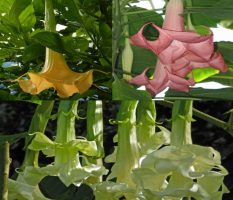
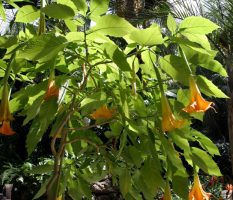

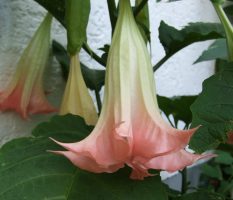
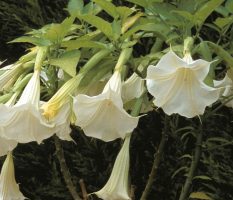

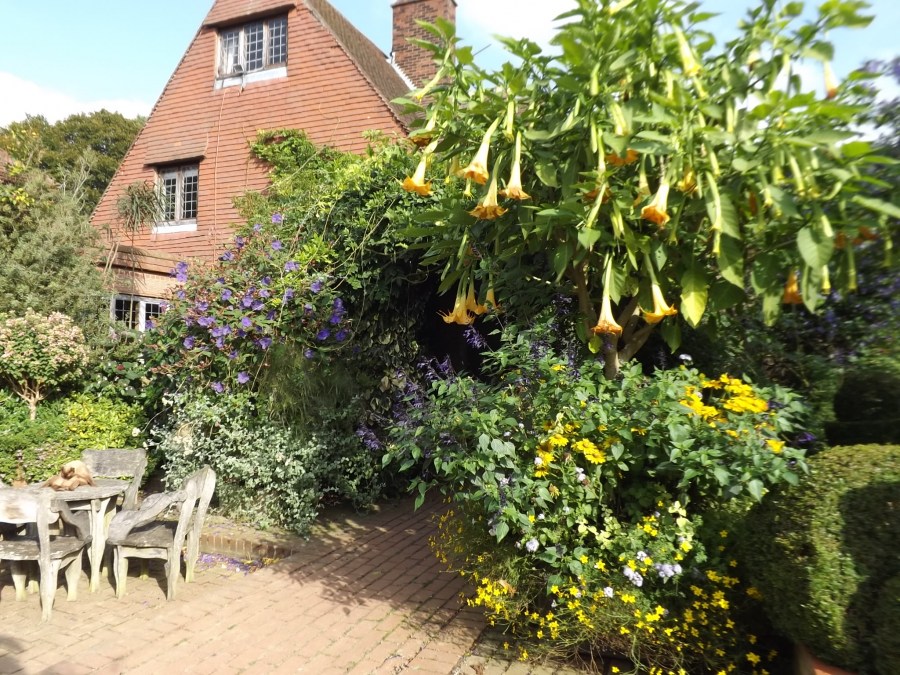


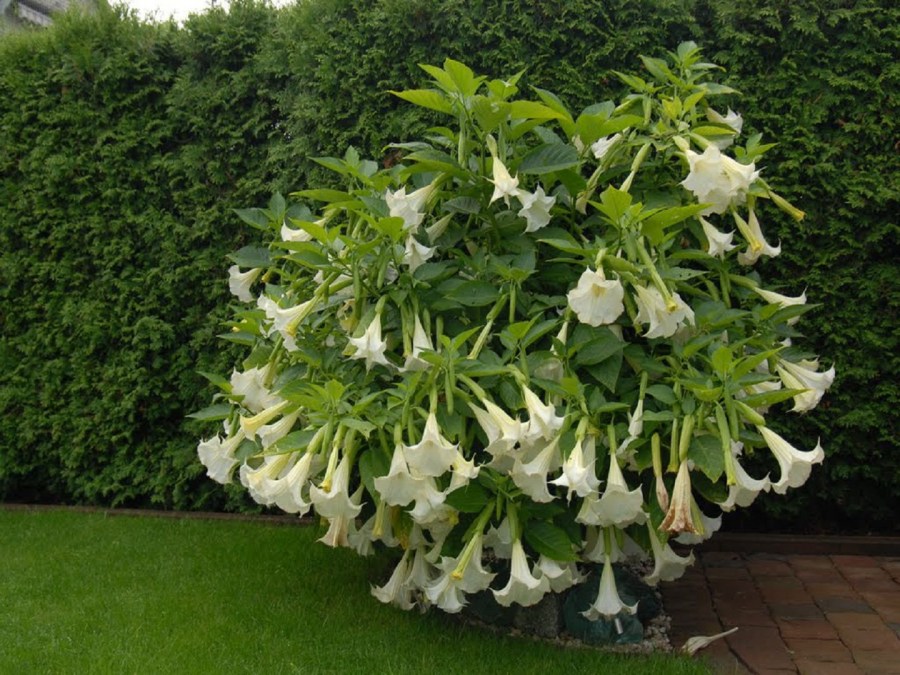
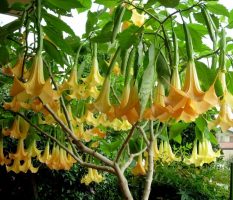


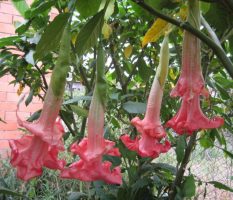






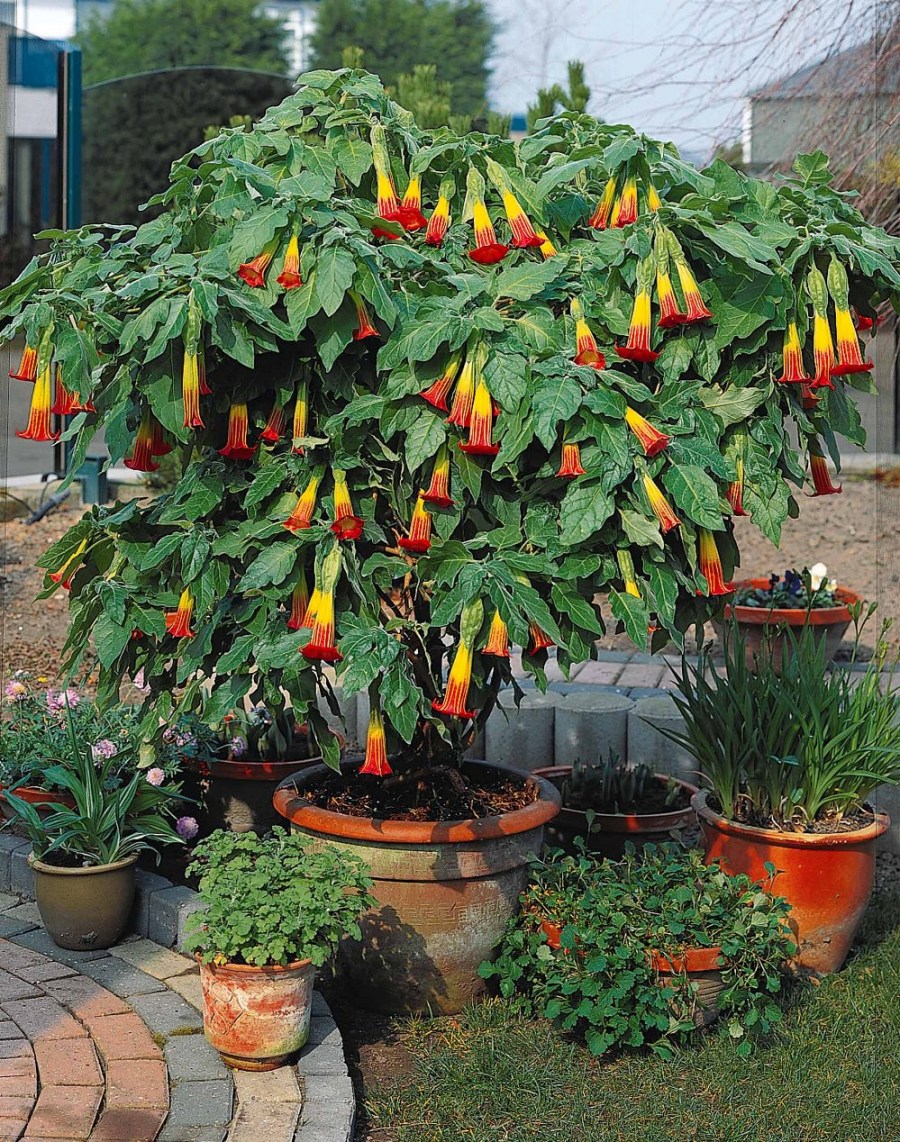


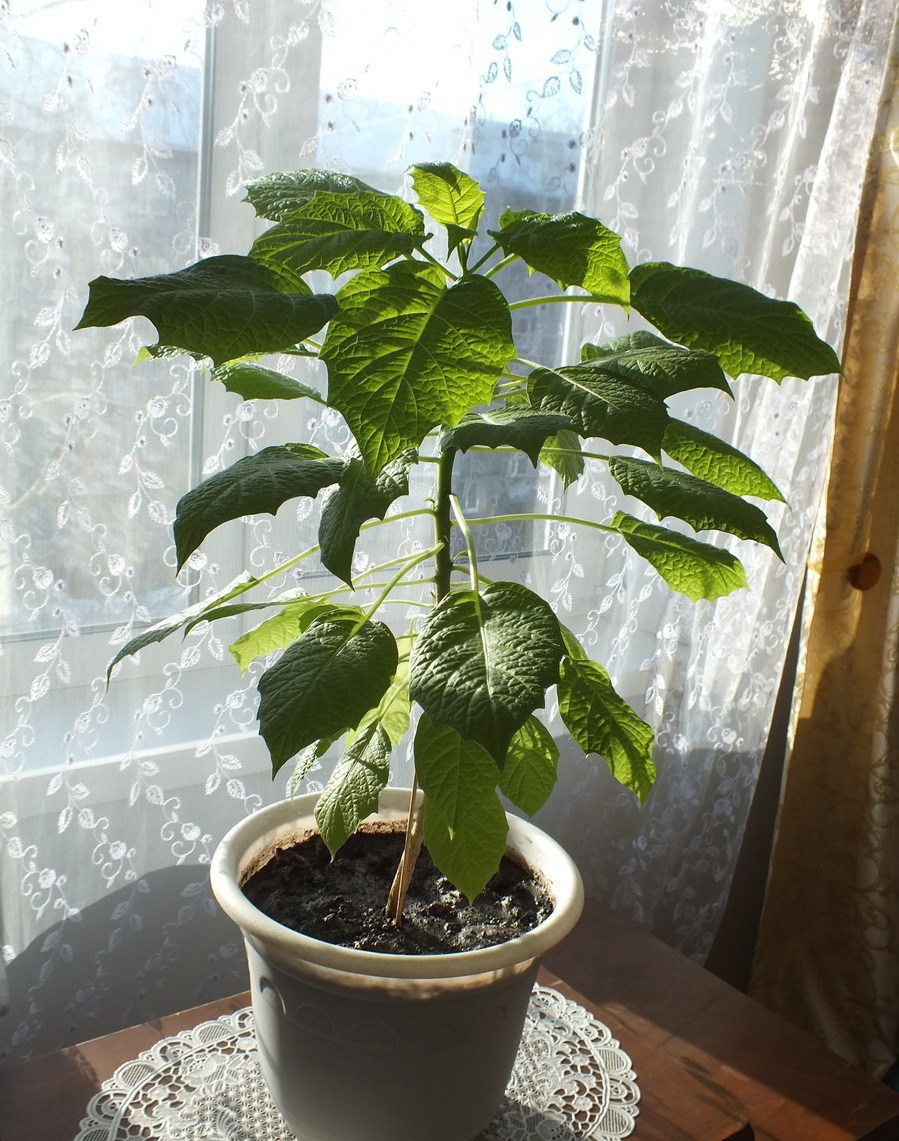

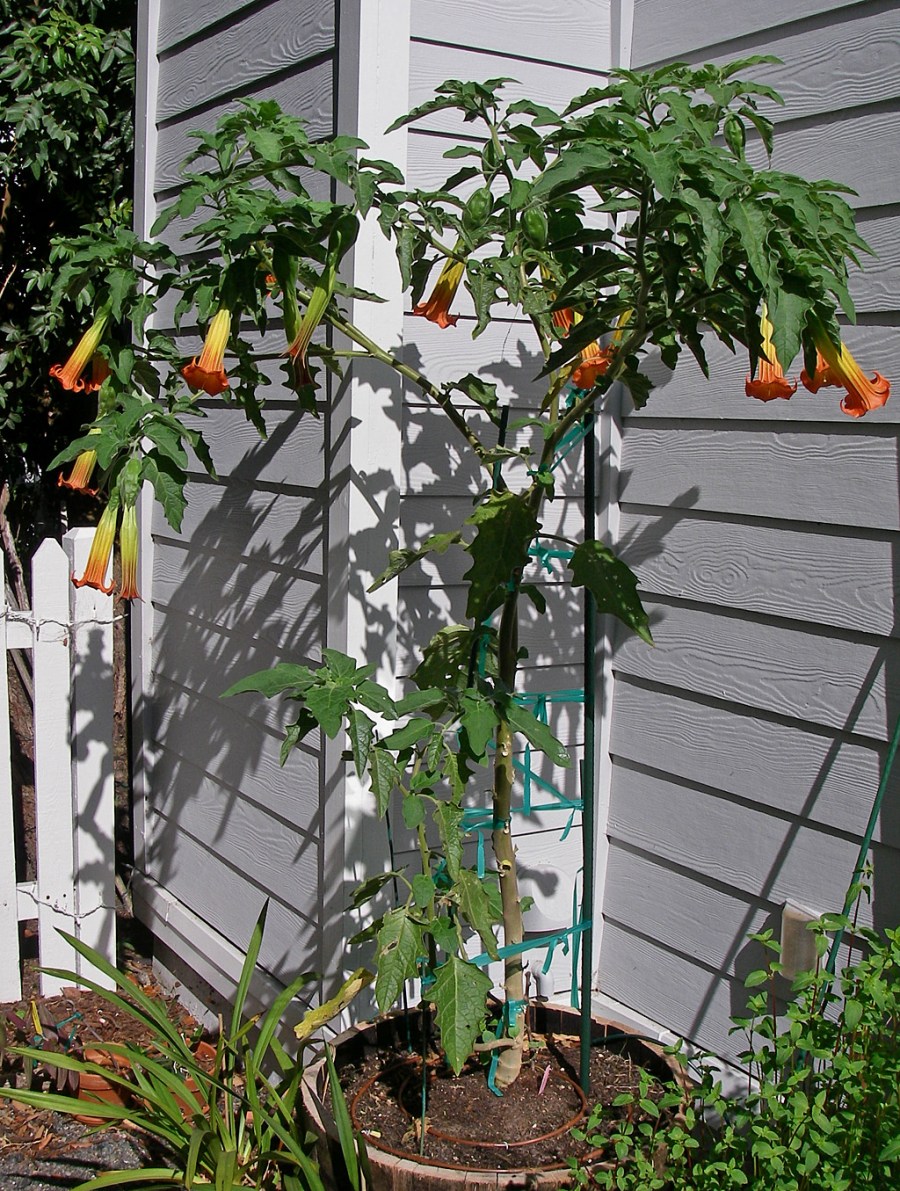



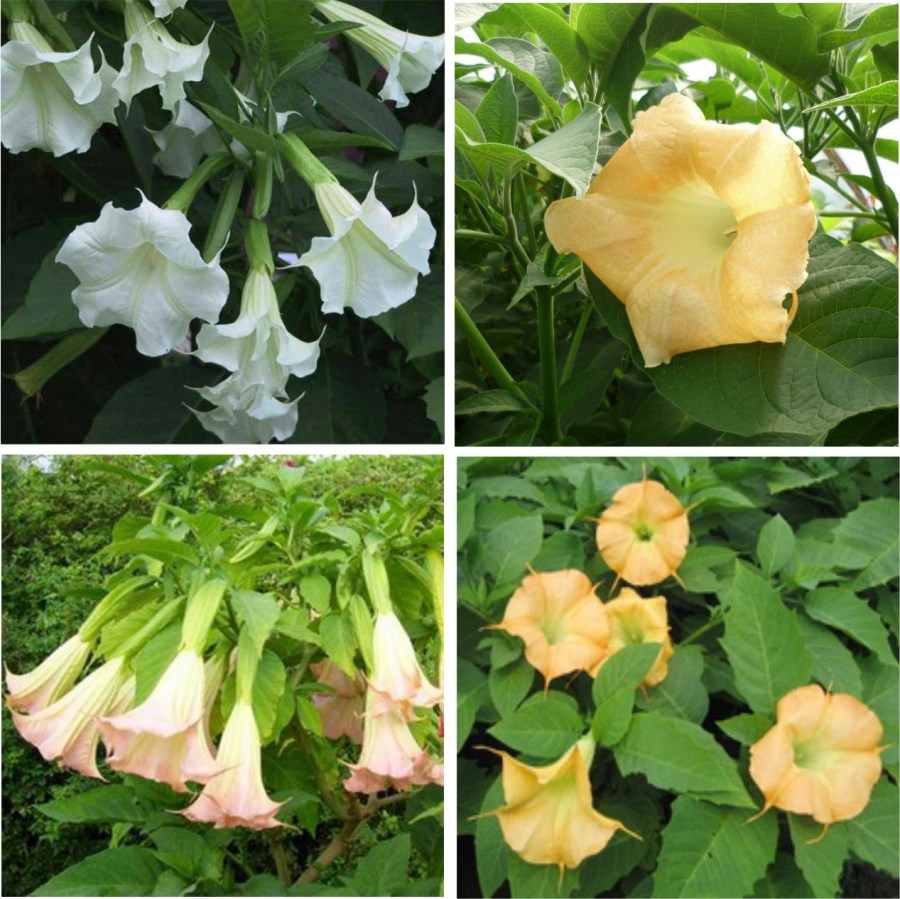


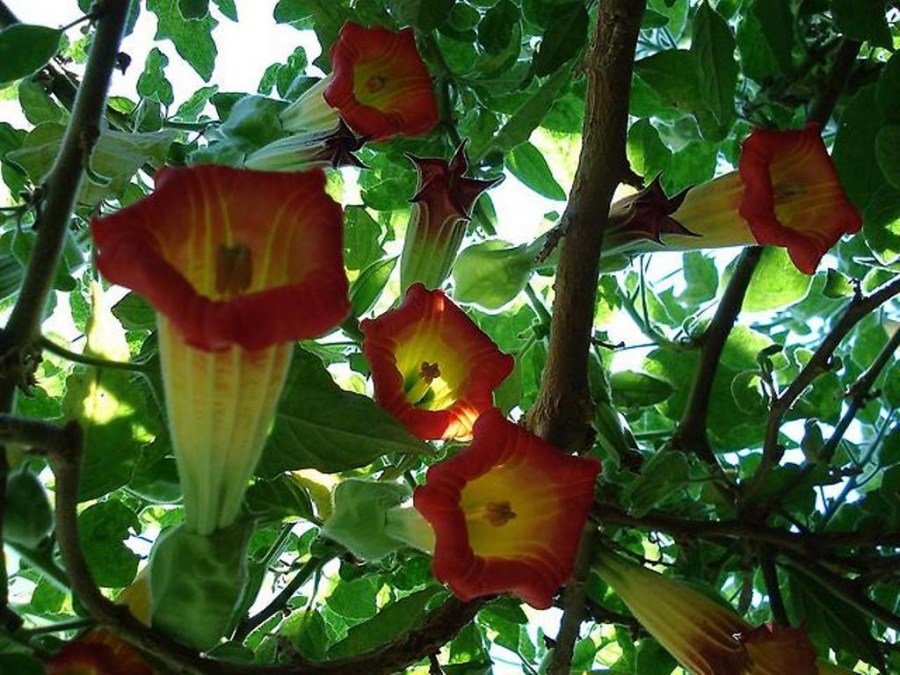




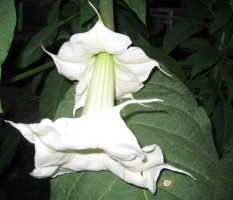



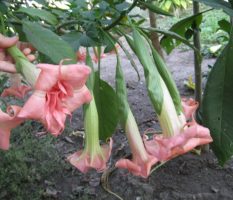
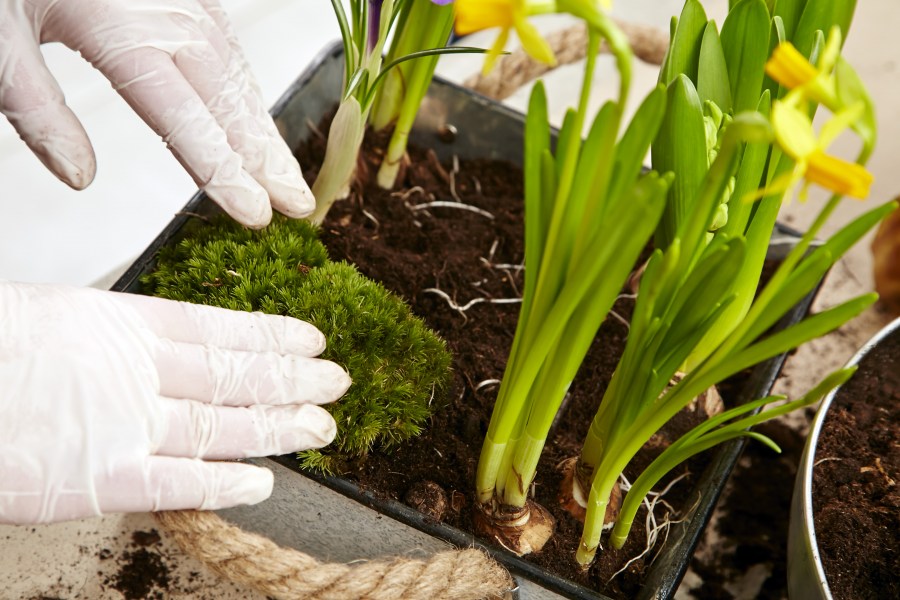

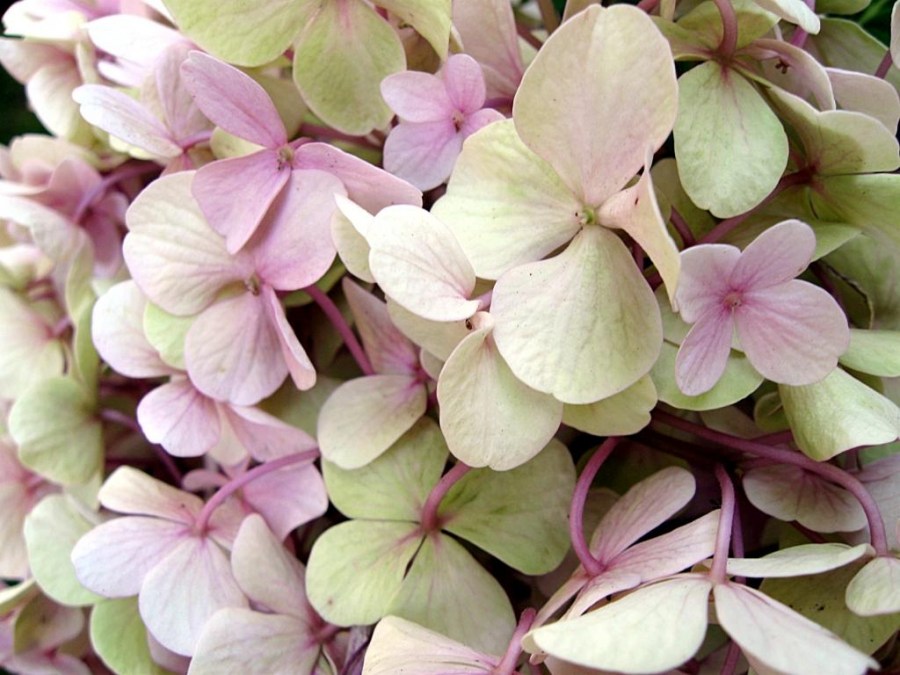





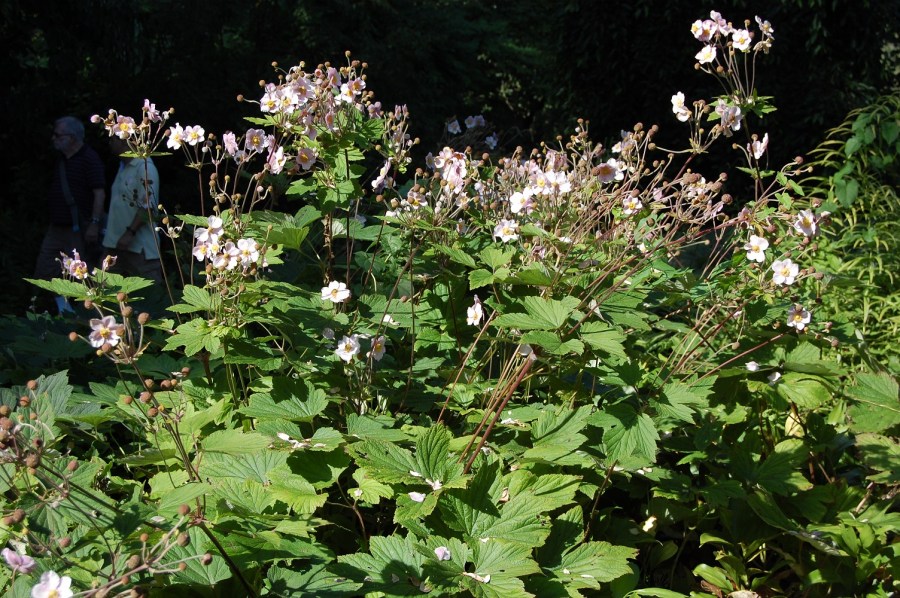




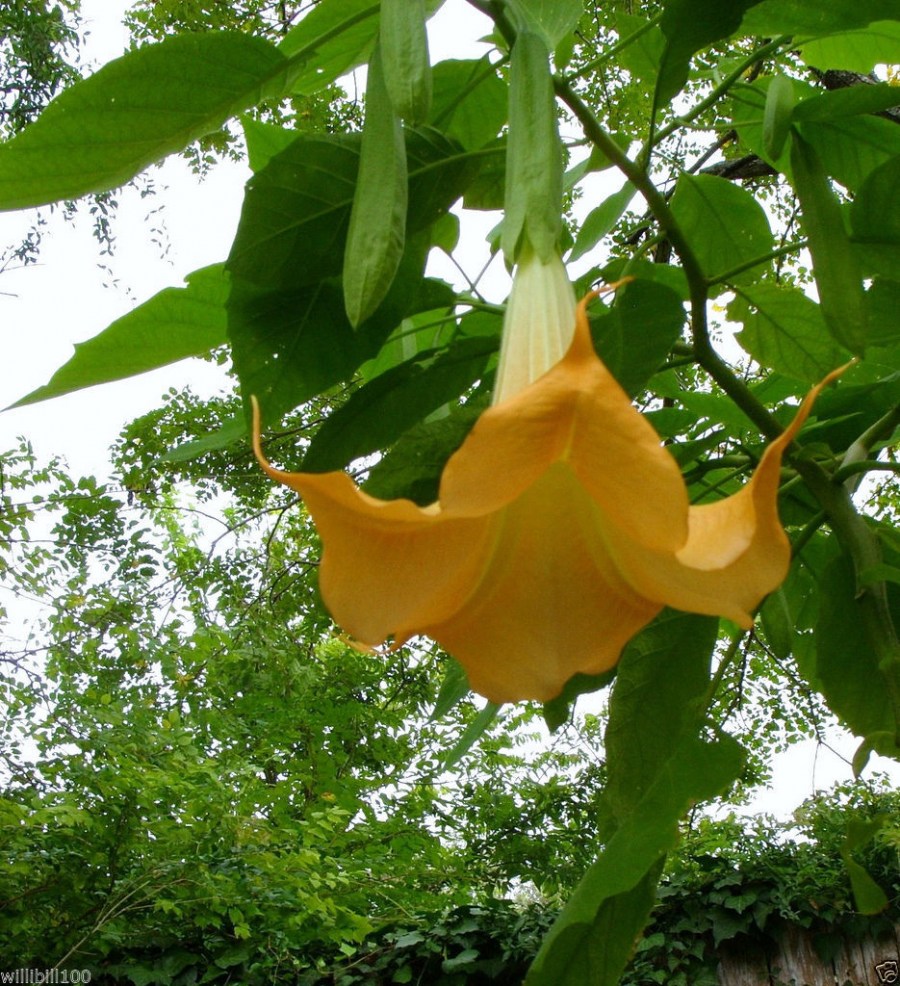










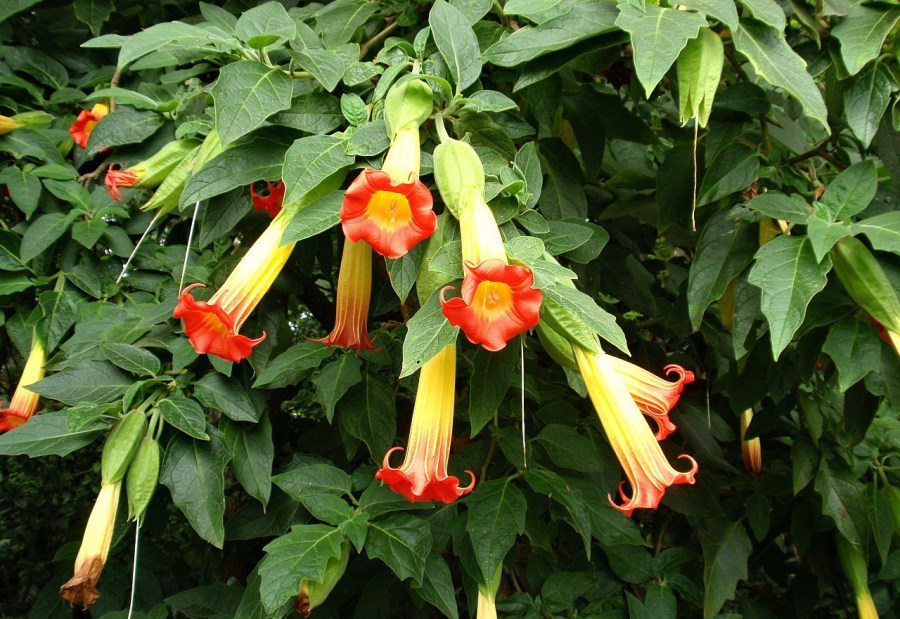
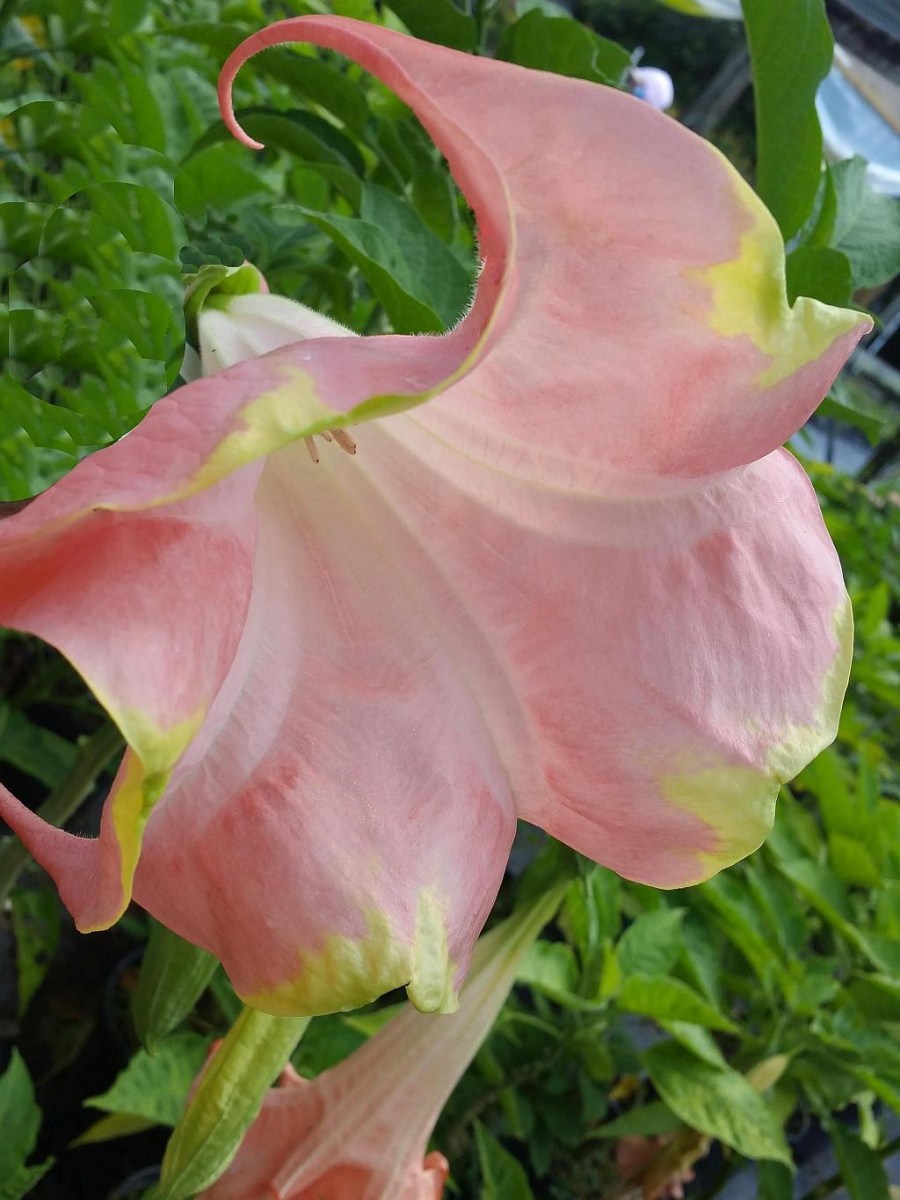







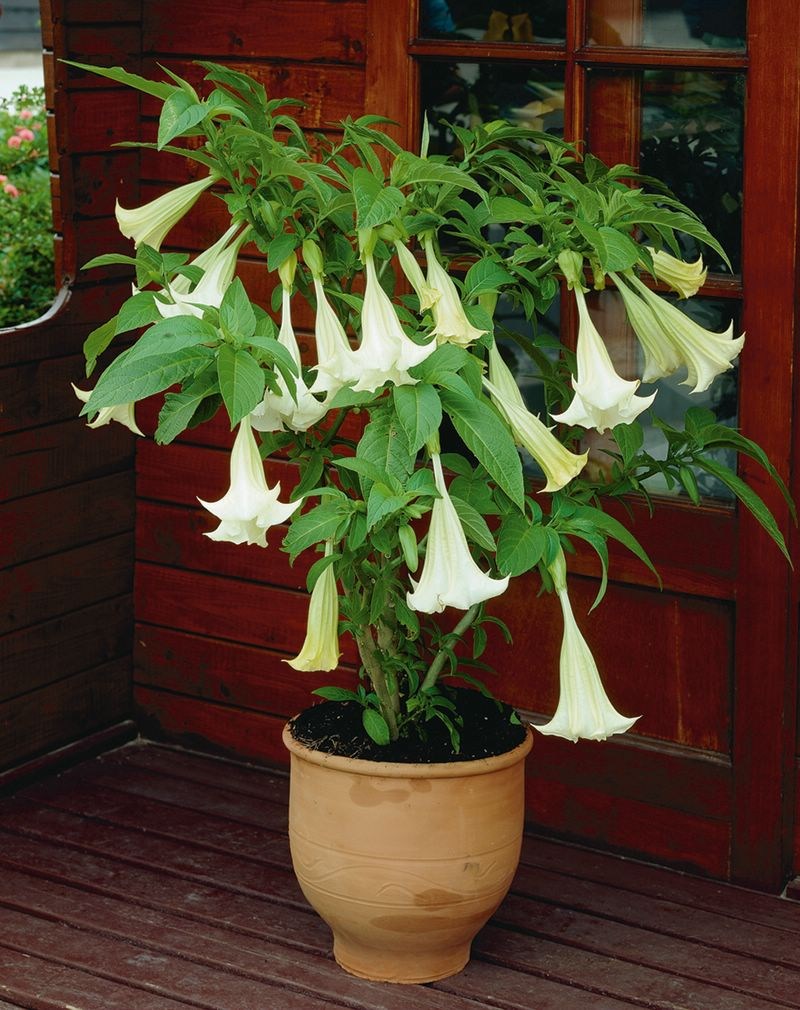






I propagated Brugmansia by cuttings. Brugmansia can be propagated by seeds, but it is simpler and more convenient by stem cuttings in spring or autumn. Autumn cuttings are best done in September.